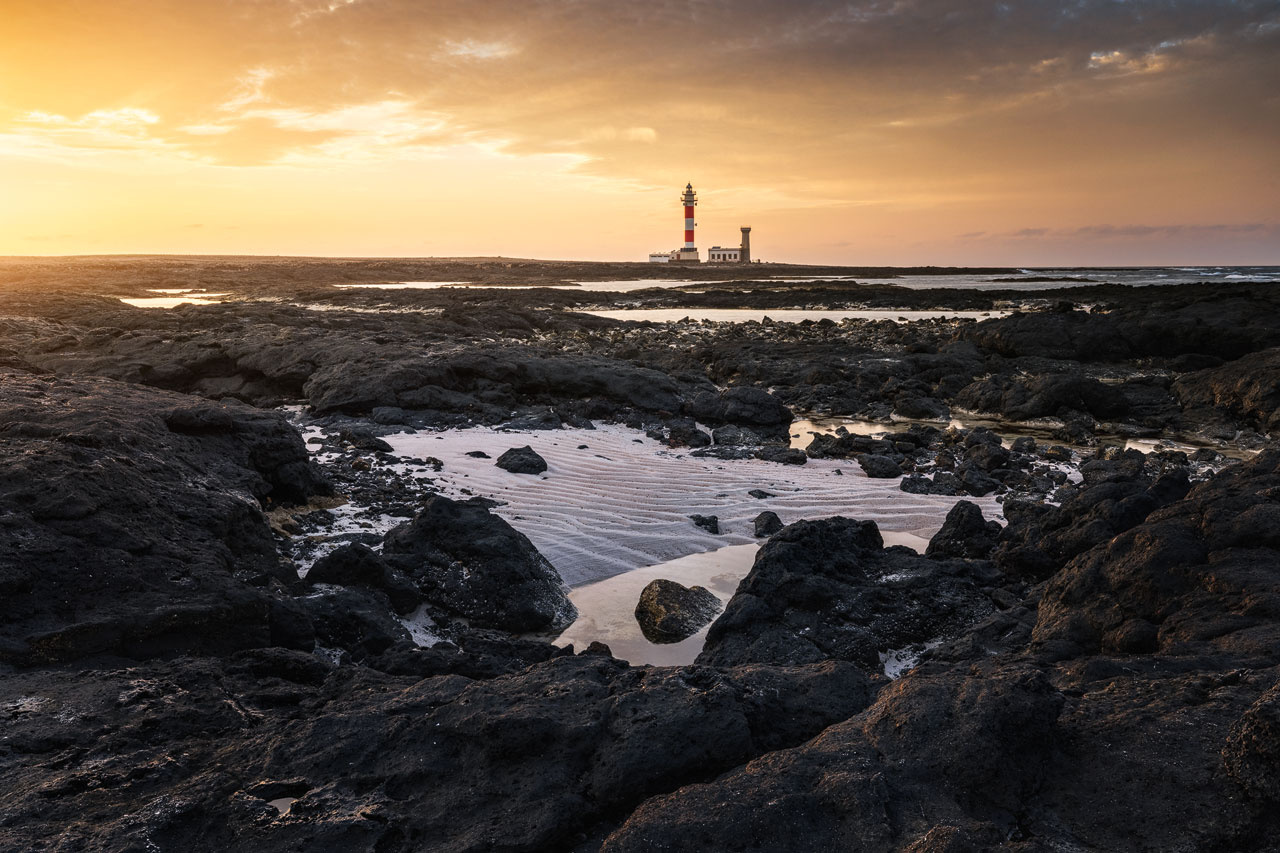In a world that sees more and more travel every year, it's becoming increasingly difficult to find places that aren't crowded and haven't yet been photographed from every possible angle. But those places still exist; you simply have to search harder.
Over the last ten years, the landscape and travel photography space has become crowded. The number of photography workshops has skyrocketed, and photographers have overrun places like Patagonia, Iceland, and many others.
I haven't been to those places. I was too late and missed the time when they weren't popular yet, and as I saw more and more photos from there, they lost a lot of their appeal to me. Not because those photos aren't good; they often are spectacular. But they also look the same. And if you see so many images from a place, it takes away much of your creative freedom when heading there.

Sure, you can ignore the subjects others have photographed. But quite often, those are the best subjects. Next, you can find a new angle and think outside the box when composing your shots. However, as thousands of photographers have been there and shared their photos, this also becomes harder. The one thing that's left is to photograph those places in better conditions than others have. You'll face the same problem again: every possible variation has already been photographed.

Does this mean you shouldn't visit those places at all? No, but don't expect too much in terms of photography. More crowds usually bring more restrictions and more fences. You'll still be able to experience those magnificent views. But you'll often be unable to roam freely, explore, and discover. If you're just there for the view or to take photos for yourself, that's fine. However, you'll likely be disappointed if you're there to take a unique picture and are in the habit of comparing your photography to that of other photographers.

Thankfully, places where you can discover new subjects and views still exist. Over the last few years, I visited many different countries and photographed hundreds of places. Yet I seldom shared photo spots with other photographers.
I often select my travel destinations based on the lack of spectacular photos I can find from there. Take, for example, the Canary Islands. If you want to play it safe and have an easy time planning your photography itinerary, you should head to Tenerife or Gran Canaria. You'll find plenty of photos online that tell you exactly what to expect and where to set up your tripod during sunrise and sunset.
If you instead avoid those places and plan your itinerary around largely unknown locations, you'll be surprised by what you'll discover. That is why I decided to travel to Fuerteventura last year. I couldn't find many photos from there, making it difficult to plan my stay. I could only go by what the island's topography told me, and together with the few photos I found online, I pinned down several locations of interest around the island.

But I didn't know what I would find. When you visit those less popular places, you'll have to do much more scouting and exploring after you arrive. And not every scouting mission will be a success. But if you head out open-minded, without too specific expectations, you'll be able to find some photographic gems.
The example of Fuerteventura also shows that you don't have to spend a fortune and join an expedition to the most remote places on Earth to come away with unique photos. Just analyze the current buzz on social media and pick a location outside of it.

The key for me is a good balance. I'll also visit popular locations from time to time and photograph them. Sometimes, I even get lucky and come away with a portfolio-worthy photo. But by visiting enough countries and places that aren't yet part of the photography map, I leave enough room for creativity and discovery in my photography. And you can do the same; it just means occasionally looking and searching a bit harder.






